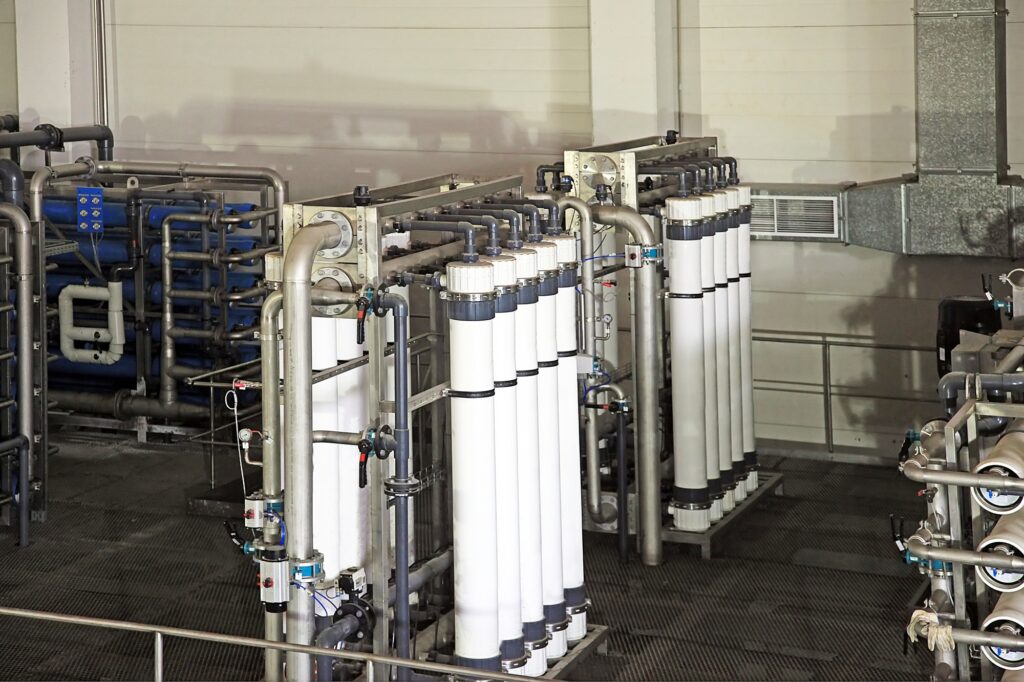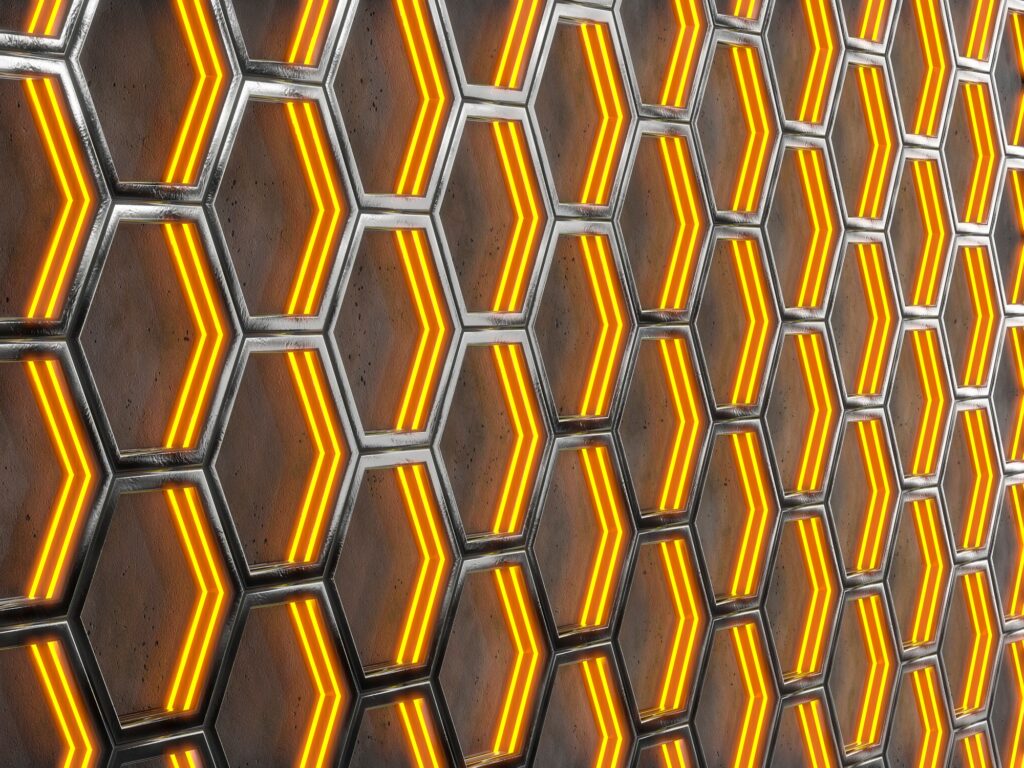Graphene Desalination
Desalination systems using Graphene are revolutionary



Graphene desalination is a water purification process that uses graphene sheets with tiny pores to filter salt ions out of water. Graphene is a single layer of carbon atoms that’s stronger than steel and has unique sieving properties.
How it works
- Graphene sheets are perforated with small pores using ion bombardment or selective etching.
- Water molecules pass through the pores easily, while salt ions are blocked.
- The pores must be precisely sized to allow water to pass through while stopping salt molecules.
Benefits
- Energy efficiency: Graphene filters can use up to 50% less energy than traditional filters.
- Cost: Graphene oxide (GO) sheets are cheap and can be mass produced.
- Portability: Graphene-based desalination could be used to create portable desalination units.
Challenges
- It’s difficult to precisely predict the location of holes in graphene sheets on an industrial scale.
- There are still challenges to be addressed before graphene-based desalination can be used at scale.
Future prospects
- Graphene-based desalination could make desalination cheaper and more efficient.
- It could also make smaller, local desalination plants powered by renewable sources economically viable.